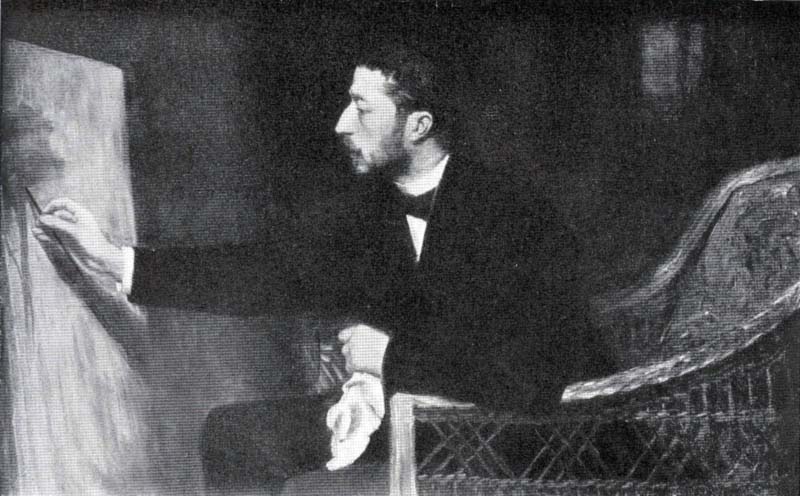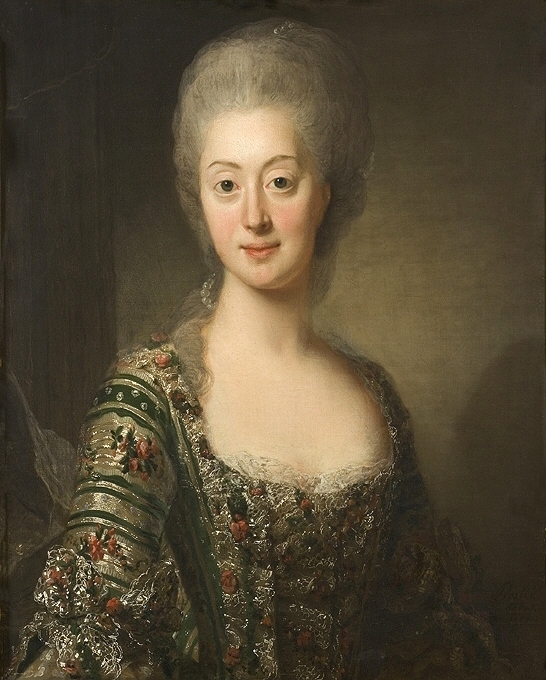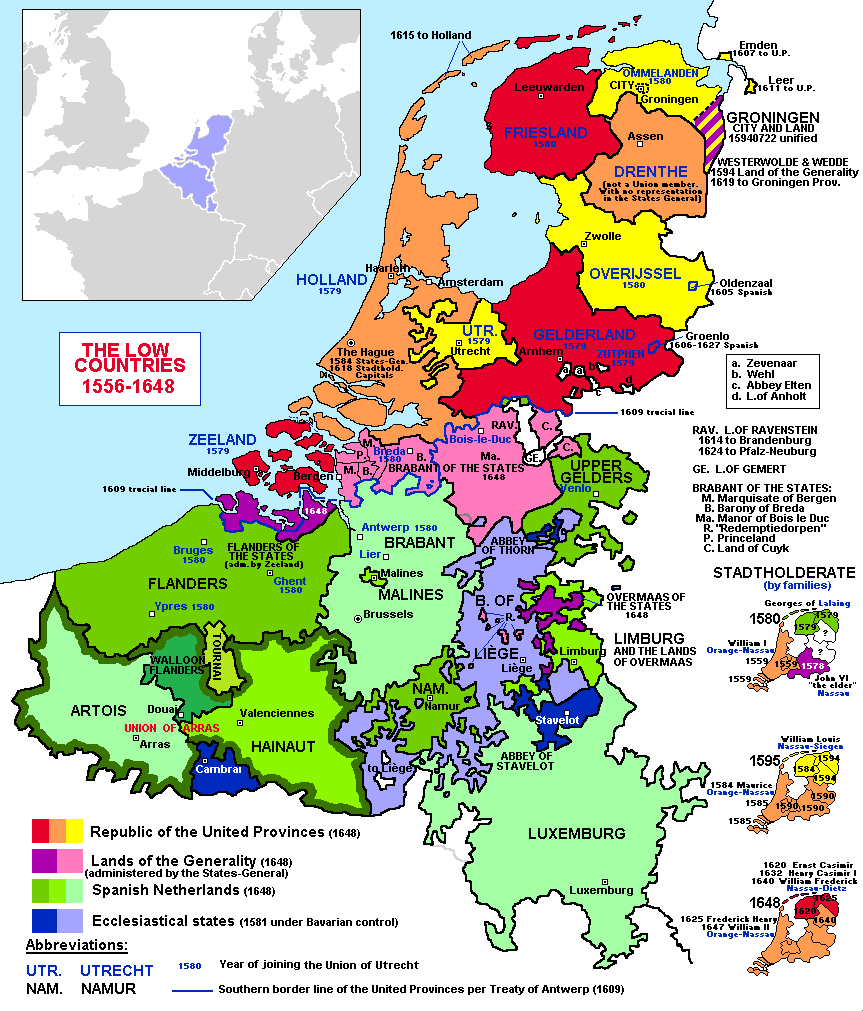|
Arvfurstens Palats
Arvfurstens palats (Palace of the Hereditary Prince) is a palace located at Gustav Adolfs Torg in central Stockholm. Designed by Erik Palmstedt, the palace was originally the private residence of Princess Sophia Albertina. It was built 1783-1794 and declared a historical monument (''byggnadsminne'') in 1935 and subsequently restored by Ivar Tengbom in 1948-52. Since 1906 the palace has served as the seat of the Ministry for Foreign Affairs. The palace is facing the square Gustav Adolfs torg, with the Royal Swedish Opera on the opposite side. Located near the palace are the Sager Palace, official residence of the prime minister, and Rosenbad, official office of the government. The bridge Norrbro stretches past the building of the Riksdag on Helgeandsholmen and further south to Stockholm Old Town and the Royal Palace. History Lennart Torstensson (1603–51), a successful general, bought the area west of the square and had his palace built there 1646-51. The main entrance of ... [...More Info...] [...Related Items...] OR: [Wikipedia] [Google] [Baidu] |
Stockholm
Stockholm () is the Capital city, capital and List of urban areas in Sweden by population, most populous city of Sweden as well as the List of urban areas in the Nordic countries, largest urban area in the Nordic countries. Approximately 1 million people live in the Stockholm Municipality, municipality, with 1.6 million in the Stockholm urban area, urban area, and 2.4 million in the Metropolitan Stockholm, metropolitan area. The city stretches across fourteen islands where Mälaren, Lake Mälaren flows into the Baltic Sea. Outside the city to the east, and along the coast, is the island chain of the Stockholm archipelago. The area has been settled since the Stone Age, in the 6th millennium BC, and was founded as a city in 1252 by Swedish statesman Birger Jarl. The city serves as the county seat of Stockholm County. Stockholm is the cultural, media, political, and economic centre of Sweden. The Stockholm region alone accounts for over a third of the country's Gross d ... [...More Info...] [...Related Items...] OR: [Wikipedia] [Google] [Baidu] |
Gamla Stan
Gamla stan (, "The Old Town"), until 1980 officially Staden mellan broarna ("The Town between the Bridges"), is the old town of Stockholm, Sweden. Gamla stan consists primarily of the island Stadsholmen. Officially, but not colloquially, Gamla stan includes the surrounding islets Riddarholmen, Helgeandsholmen and Strömsborg. It has a population of approximately 3,000. Notable buildings, located in the old town, include, among others, the Bonde Palace, Stockholm Palace, Stockholm Stock Exchange Building and Tessin Palace. Overview The town dates back to the 13th century, and consists of medieval alleyways, cobbled streets, and archaic architecture. North German architecture has had a strong influence in the Old Town's construction. Stortorget is the name of the scenic ''large square'' in the centre of Gamla Stan, which is surrounded by old merchants' houses including the Stockholm Stock Exchange Building. The square was the site of the Stockholm Bloodbath, where Swe ... [...More Info...] [...Related Items...] OR: [Wikipedia] [Google] [Baidu] |
Prince Eugen, Duke Of Närke
Prince Eugen Napoleon Nicolaus of Sweden and Norway, Duke of Närke (1 August 1865 – 17 August 1947) was a Swedish painter, art collector, and patron of artists. Background Prince Eugen was born at Drottningholm Palace as the fourth and youngest son of Prince Oscar, Duke of Östergötland. His mother was Sophia of Nassau. The newborn prince was granted the title of Duke of Närke. Upon his father's accession to the thrones of Sweden and Norway as King Oscar II, the Duke of Närke became fourth in line to the throne. Showing early artistic promise, he studied in Paris, and went on to become one of Sweden's most prominent landscape painters. Throughout his life Prince Eugen was a supporter of fellow artists, and also involved in many cultural organisations and committees. A homosexual bachelor, he bequeathed his villa Waldemarsudde at Djurgården in Stockholm, and its collections, to the nation. It is now one of Sweden's most popular museums. Norway The Duke of Närke ... [...More Info...] [...Related Items...] OR: [Wikipedia] [Google] [Baidu] |
Gustav V Of Sweden
Gustaf V (Oscar Gustaf Adolf; 16 June 1858 – 29 October 1950) was King of Sweden from 8 December 1907 until his death in 1950. He was the eldest son of King Oscar II of Sweden and Sophia of Nassau, a half-sister of Adolphe, Grand Duke of Luxembourg. Reigning from the death of his father Oscar II in 1907 to his own death nearly 43 years later, he holds the record of being the oldest monarch of Sweden and the third-longest rule, after Magnus IV (1319–1364) and Carl XVI Gustaf (1973–present). He was also the last Swedish monarch to exercise his royal prerogatives, which largely died with him, although they were formally abolished only with the remaking of the Swedish constitution in 1974. He was the first Swedish king since the High Middle Ages not to have a coronation and so never wore the king's crown, a practice that has continued ever since. Gustaf's early reign saw the rise of parliamentary rule in Sweden although the leadup to World War I induced his dismissal of Lib ... [...More Info...] [...Related Items...] OR: [Wikipedia] [Google] [Baidu] |
Sofia Of Nassau
Sophia of Nassau (Sophia Wilhelmine Marianne Henriette; 9 July 1836 – 30 December 1913) was Queen of Sweden and Norway as the wife of King Oscar II. She was Queen of Sweden for 35 years, longer than anyone before her, and the longest-serving queen until 2011, when she was surpassed by Queen Silvia. She is also the most recent woman to have been officially Dowager Queen of Sweden. Early life Sophia was the youngest daughter of Wilhelm, Duke of Nassau, by his second wife Princess Pauline Friederike Marie of Württemberg. Her father died when she was three and was succeeded by her half-brother Adolphe, Grand Duke of Luxembourg. Sophia was given what was considered a suitable education for princesses at the time by private tutors. She was trained in fencing, a sport normally reserved for males, to strengthen her back and correct her posture.Anne-Marie Riiber (1959). ''Drottning Sophia.'' (Queen Sophia) Uppsala: J. A. Lindblads Förlag. page 8. ISBN (Swedish) Sophia socializ ... [...More Info...] [...Related Items...] OR: [Wikipedia] [Google] [Baidu] |
Oscar II Of Sweden
Oscar II (Oscar Fredrik; 21 January 1829 – 8 December 1907) was King of Sweden from 1872 until his death in 1907 and King of Norway from 1872 to 1905. Oscar was the son of King Oscar I and Josephine of Leuchtenberg, Queen Josephine. He inherited the Swedish and Norwegian thrones when his brother died in 1872. Oscar II ruled during a time when both countries were undergoing a period of industrialization and rapid technological progress. His reign also saw the gradual decline of the Union of Sweden and Norway, which culminated in its Dissolution of the union between Norway and Sweden, dissolution in 1905. In 1905, the throne of Norway was transferred to his grandnephew Prince Haakon VII of Norway, Carl of Denmark under the regnal name Haakon VII. When Oscar died in 1907, he was succeeded in Sweden by his eldest son, Gustaf V. Oscar II is the paternal great-great-grandfather of King Carl XVI Gustaf of Sweden. Queen Margrethe II of Denmark is his descendant through his son Gustaf ... [...More Info...] [...Related Items...] OR: [Wikipedia] [Google] [Baidu] |
Heir Presumptive
An heir presumptive is the person entitled to inherit a throne, peerage, or other hereditary honour, but whose position can be displaced by the birth of an heir apparent or a new heir presumptive with a better claim to the position in question. Overview Depending on the rules of the monarchy, the heir presumptive might be the daughter of a monarch if males take preference over females and the monarch has no sons, or the senior member of a collateral line if the monarch is childless or the monarch's direct descendants cannot inherit (either because they are daughters and females are completely barred from inheriting, because the monarch's children are illegitimate, or because of some other legal disqualification, such as being descended from the monarch through a morganatic line or the descendant's refusal or inability to adopt a religion the monarch is required to profess). The subsequent birth of a legitimate child to the monarch may displace the former heir presumptive ... [...More Info...] [...Related Items...] OR: [Wikipedia] [Google] [Baidu] |
Gustavus Adolphus Of Sweden
Gustavus Adolphus (9 December N.S 19 December">Old_Style_and_New_Style_dates.html" ;"title="/nowiki>Old Style and New Style dates">N.S 19 December15946 November Old Style and New Style dates">N.S 16 November] 1632), also known in English as Gustav II Adolf or Gustav II Adolph, was King of Sweden from 1611 to 1632, and is credited for the rise of Swedish Empire, Sweden as a great European power ( sv, Stormaktstiden). During his reign, Sweden became one of the primary military forces in Europe during the Thirty Years' War, helping to determine the political and religious balance of power in Europe. He was formally and posthumously given the name Gustavus Adolphus the Great ( sv, Gustav Adolf den store; la, Gustavus Adolphus Magnus) by the Riksdag of the Estates in 1634. He is often regarded as one of the greatest military commanders in modern history, with use of an early form of combined arms. His most notable military victory was the Battle of Breitenfeld in 1631. With his ... [...More Info...] [...Related Items...] OR: [Wikipedia] [Google] [Baidu] |
Sophia Albertina, Abbess Of Quedlinburg
Princess Sophia Albertina of Sweden (''Sophia Maria Lovisa Fredrika Albertina''; 8 October 1753 – 17 March 1829) was the last Princess-Abbess of Quedlinburg Abbey, and as such reigned as vassal monarch of the Holy Roman Empire. Sophia Albertina was the daughter of King Adolf Frederick of Sweden and Louisa Ulrika of Prussia. She was thus a princess of Sweden, a princess of Holstein-Gottorp and a sister to Gustav III of Sweden. She was a member of the Accademia di San Luca. When her brother Charles XIII of Sweden and the rest of the royal family also became Norwegian royalty in 1814, that did not include Sophia Albertina who then officially was called ''Royal Princess'' (of no country). She was given her two names as namesake of her two grandmothers: the Prussian Queen Sophia Dorothea of Hanover and Margravine Albertina Frederica of Baden-Durlach. Biography At the Swedish court Sophia Albertina was tutored under the supervision of Baroness Ulrica Schönström, B ... [...More Info...] [...Related Items...] OR: [Wikipedia] [Google] [Baidu] |
Gustav III Of Sweden
Gustav III (29 March 1792), also called ''Gustavus III'', was King of Sweden from 1771 until his assassination in 1792. He was the eldest son of Adolf Frederick of Sweden and Queen Louisa Ulrika of Prussia. Gustav was a vocal opponent of what he saw as the abuse of political privileges seized by the nobility since the death of King Charles XII. Seizing power from the government in a coup d'état, called the Swedish Revolution, in 1772 that ended the Age of Liberty, he initiated a campaign to restore a measure of Royal autocracy, which was completed by the Union and Security Act of 1789, which swept away most of the powers exercised by the Swedish Riksdag (parliament) during the Age of Liberty, but at the same time it opened up the government for all citizens, thereby breaking the privileges of the nobility. A bulwark of enlightened absolutism, Gustav spent considerable public funds on cultural ventures, which were controversial among his critics, as well as military attemp ... [...More Info...] [...Related Items...] OR: [Wikipedia] [Google] [Baidu] |
Swedish Estonia
Estonia under Swedish rule (1561–1710) signifies the period of time when large parts of the country, and after 1645, entire present-day Estonia, were under Swedish rule. In the wake of the breakup of the State of the Teutonic Order, the Baltic German local nobility in the areas of Harrien ( Harjumaa) and Wierland ( Virumaa), as well as the city of Reval (Tallinn) in June 1561 (and somewhat later Jerwen ( Järvamaa)) asked for and were granted protection by the Swedish king Eric XIV, leading to Swedish involvement in the Livonian War. At the conclusion of hostilities in 1583, Sweden was in control of the northern parts of modern Estonia and Dagö (Hiiumaa island); the Duchy of Estonia was created from this territory. Following renewed wars between Poland and Sweden, the southern parts of present-day Estonia (then Livonia) were incorporated into Sweden by the Treaty of Altmark in 1629. Sweden also conquered the island of Ösel (Saaremaa) from Denmark, and were thus in contro ... [...More Info...] [...Related Items...] OR: [Wikipedia] [Google] [Baidu] |
Dutch Renaissance
The Renaissance in the Low Countries was a cultural period in the Northern Renaissance that took place in around the 16th century in the Low Countries (corresponding to modern-day Belgium, the Netherlands and French Flanders). Culture in the Low Countries at the end of the 15th century was influenced by the Italian Renaissance, through trade via Bruges, which made Flanders wealthy. Its nobles commissioned artists who became known across Europe. In science, the anatomist Andreas Vesalius led the way; in cartography, Gerardus Mercator's map assisted explorers and navigators. In art, Dutch and Flemish Renaissance painting went from the strange work of Hieronymus Bosch to the everyday life of Pieter Brueghel the Elder. In architecture, music and literature too, the culture of the Low Countries moved into the Renaissance style. Geopolitical situation and background In 1500, the Seventeen Provinces were in a personal union under the Burgundian Dukes, and with the Flemish cities as ... [...More Info...] [...Related Items...] OR: [Wikipedia] [Google] [Baidu] |







.jpg)


